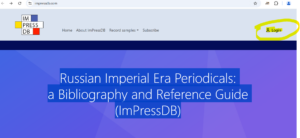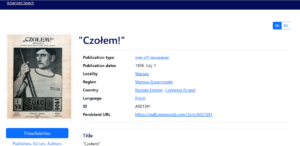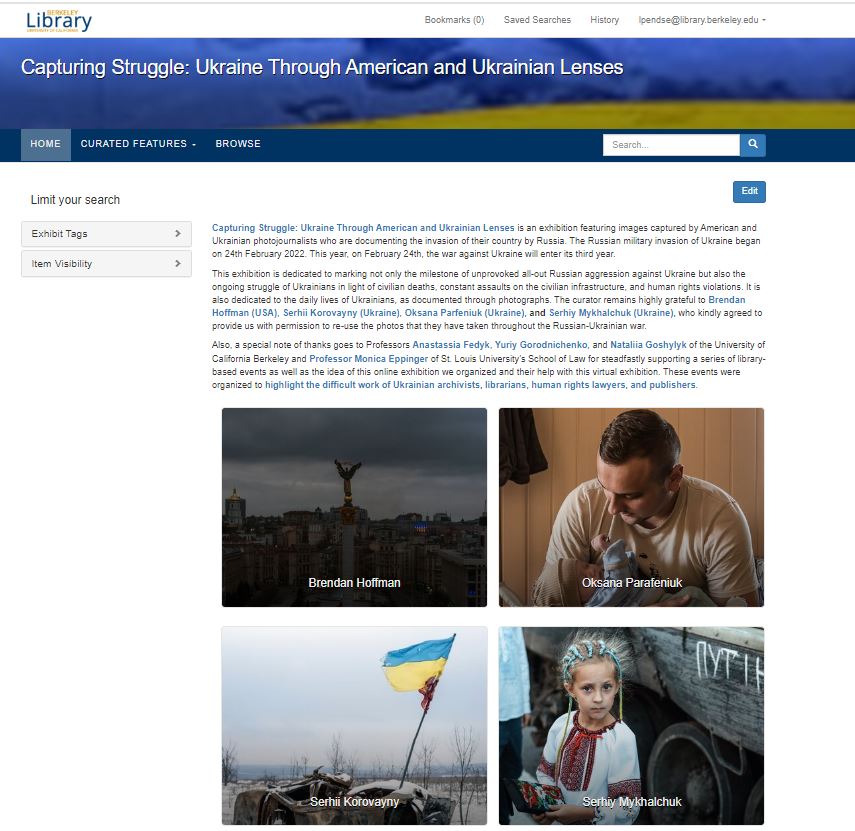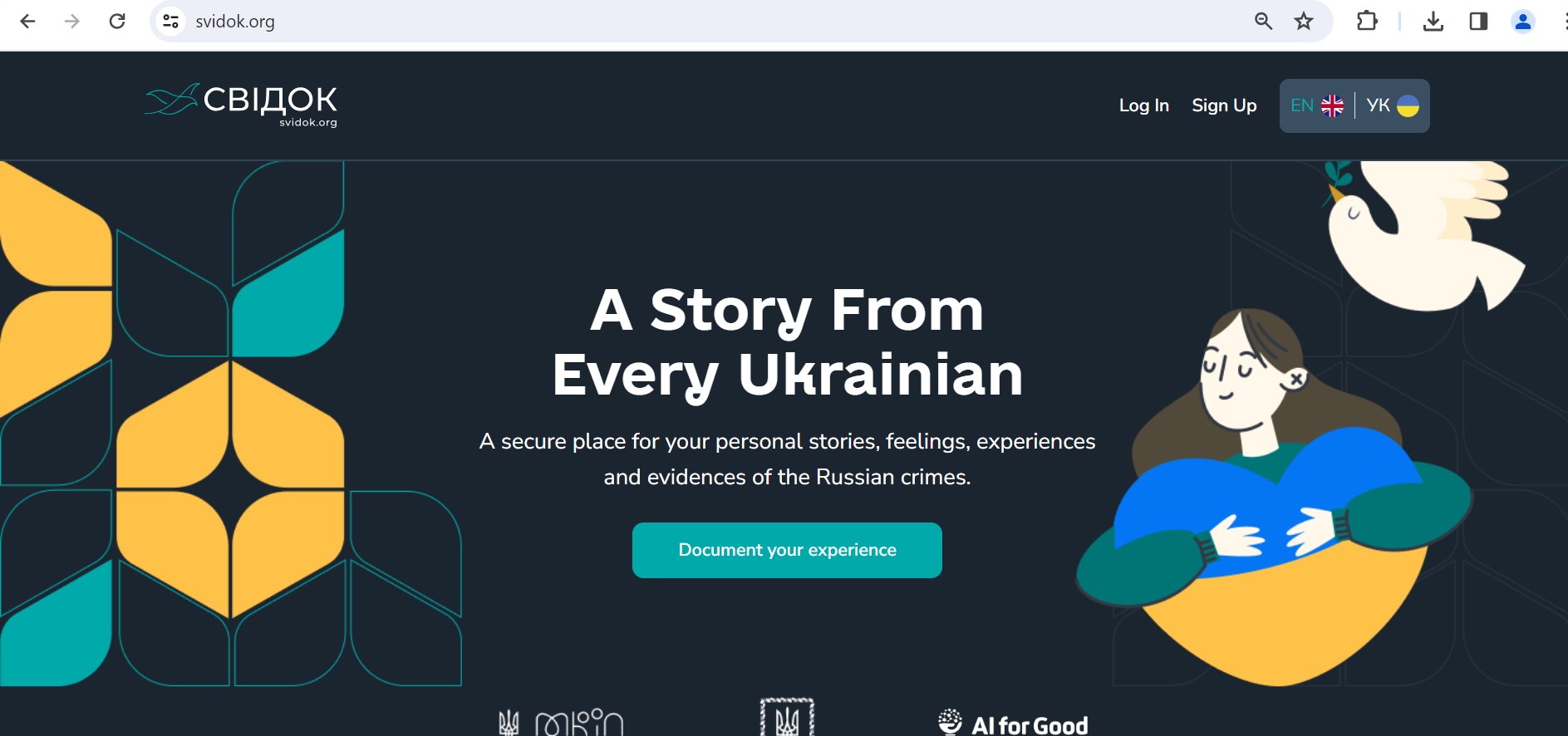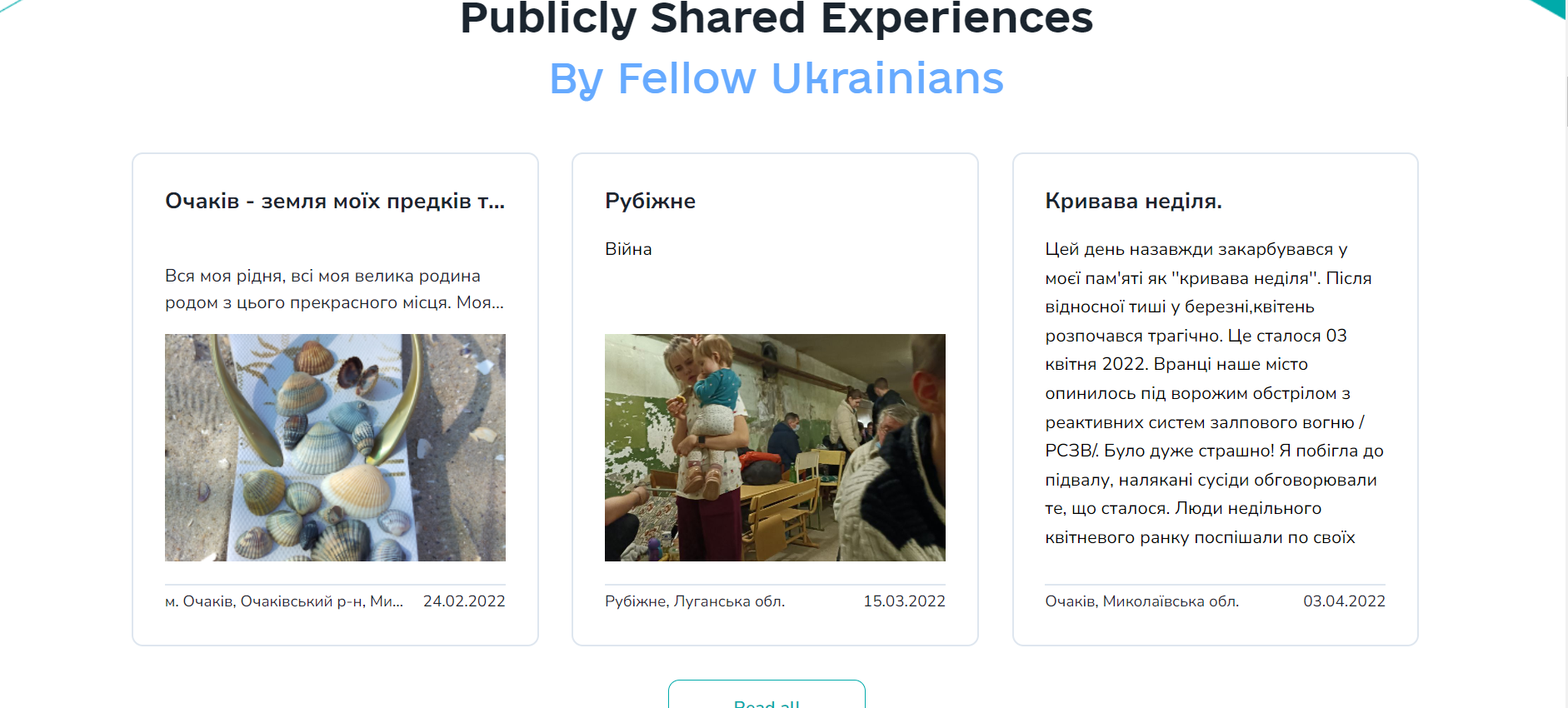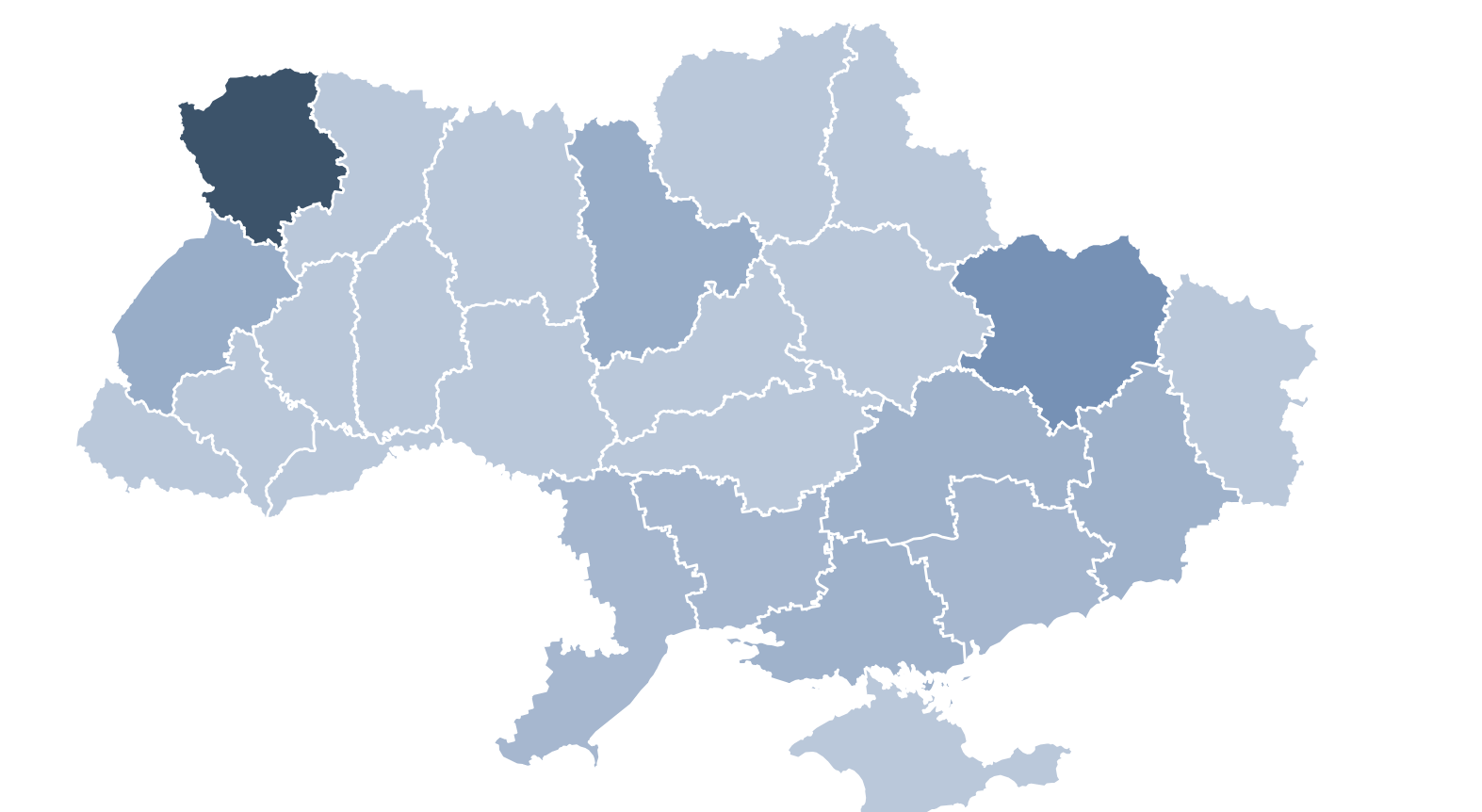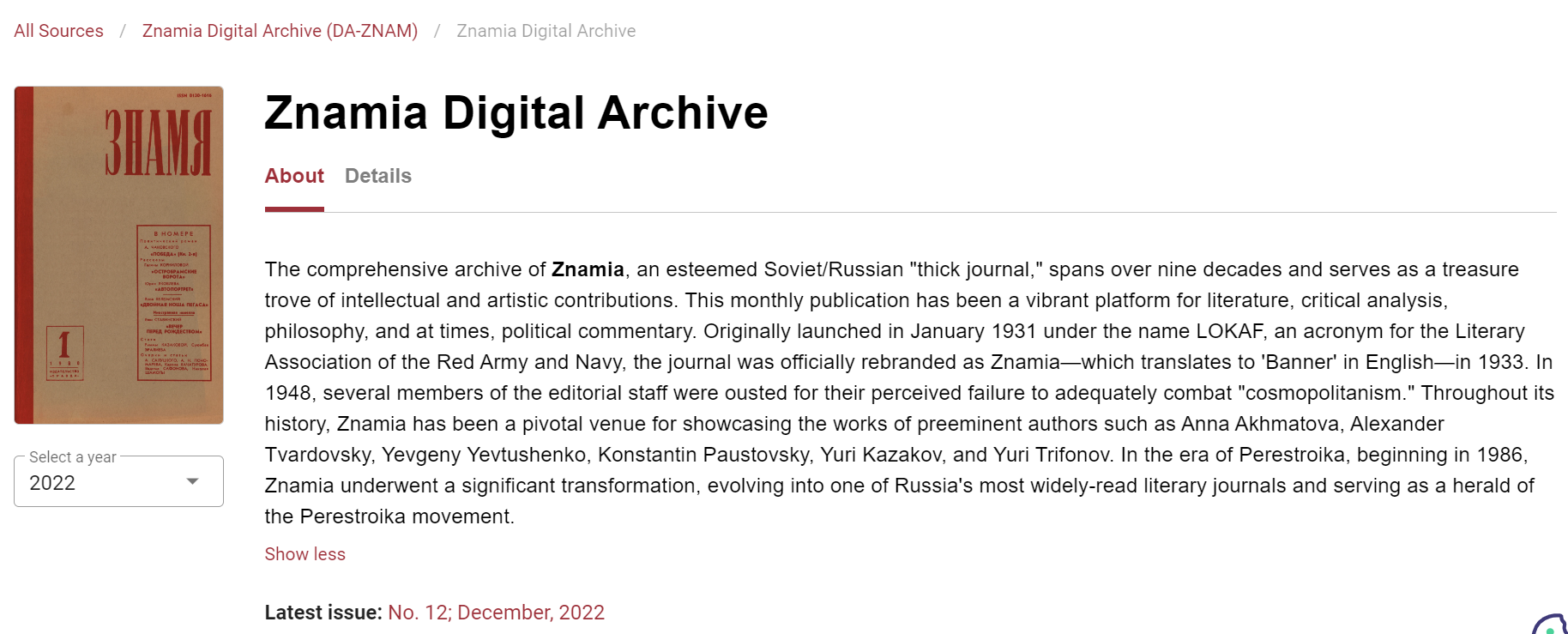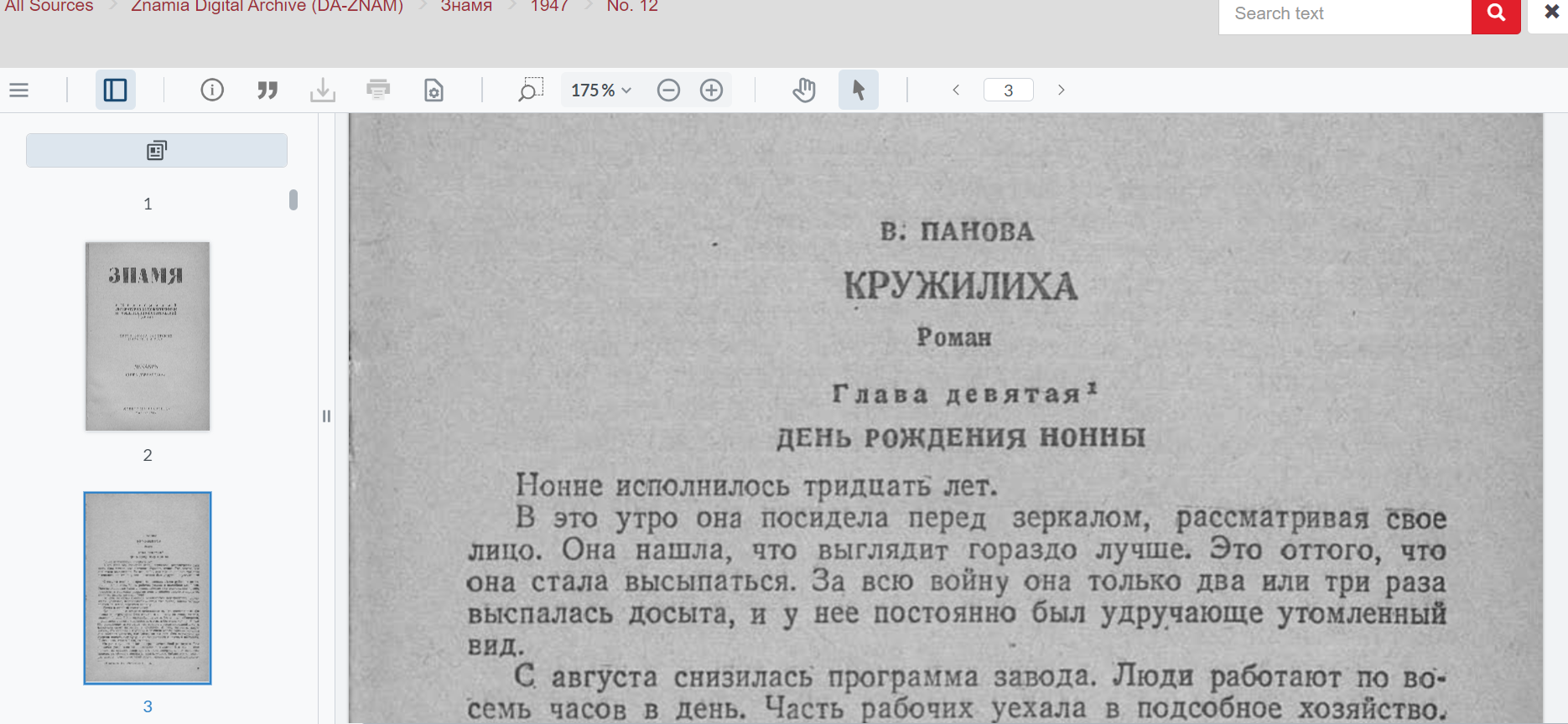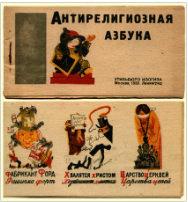As the war in Ukraine is now in its third year of current military conflict (excluding the takeover of Crimea), it becomes vital for us to provide resources to our students related to the actual war and its progress. For this reason, I wanted to focus on two different platforms that currently offer updates from the field as it evolves on the ground. I hope that the readers of these maps will find them helpful to make their own assessment of the current state of affairs. The first resource is the Deepstate map.
The interface is pretty intuitive, and the map can be displayed in both English and Ukrainian legends. Below is the screenshot that shows the map as of 11:05 am PST on August 25, 2025.
The deepstate live has several different partners that sponsor the project. One of them is Brave1.
Also, there is a blog that is associated with DeepState Live, which can be accessed here.
The second source is hosted by the Institute for the Study of War, which can be accessed here. The resource provides an assessment of the Russian offensive in Ukraine with a cutoff date of August 24, 2025.

